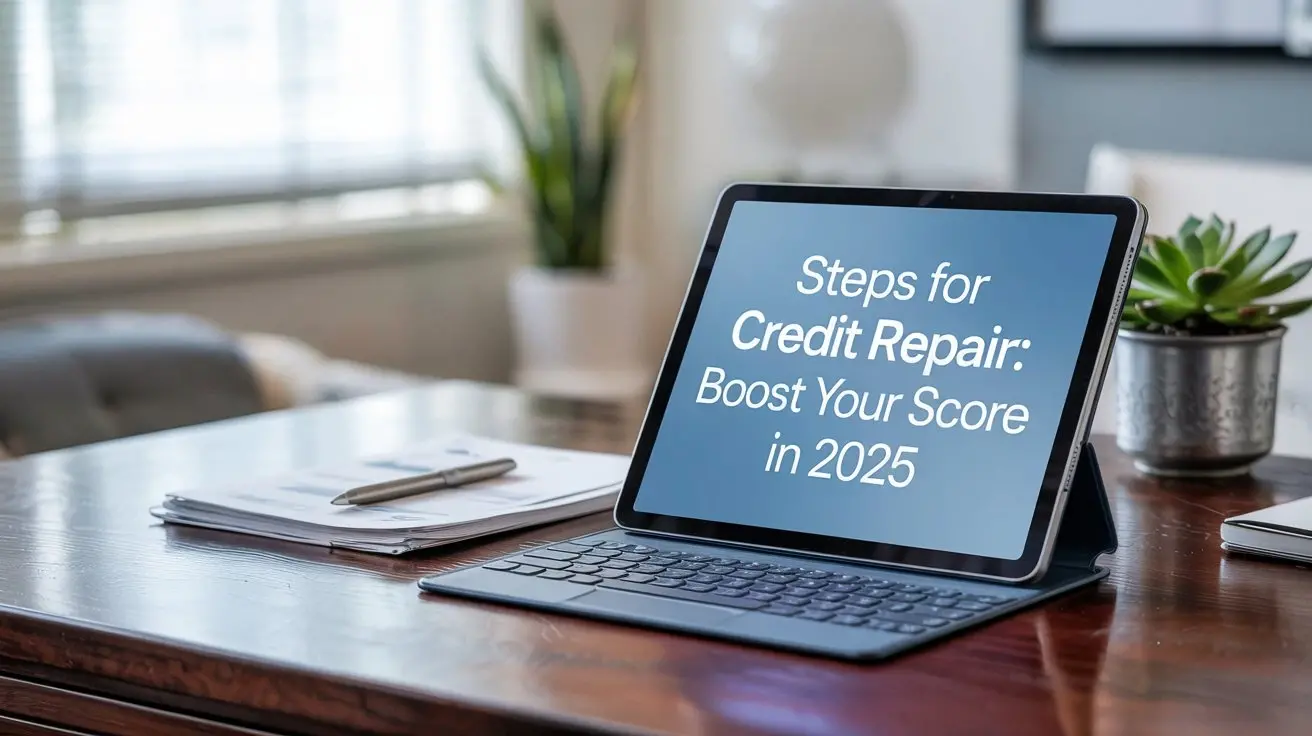-
Posted on: 24 Dec 2022

-
Buying a car is a significant financial decision, often ranking as the second largest purchase most people make. Walking into a dealership unprepared can lead to overpaying, hidden fees, and buyer's remorse. This comprehensive guide will equip you with the knowledge and strategies needed to transform yourself from a casual car shopper into a savvy, confident professional capable of securing the best possible deal.
Phase 1: Pre-Shopping Preparation - Laying the Foundation for Success
Before you even set foot on a car lot, thorough preparation is key. This phase focuses on defining your needs, researching vehicles, and understanding your financial landscape.
1. Defining Your Needs and Wants
Start by clarifying exactly what you need from a car. Consider the following:
- Purpose: Commuting, family trips, hauling cargo, off-roading?
- Size: How many passengers do you need to accommodate regularly?
- Fuel Efficiency: How important is MPG to your budget?
- Features: What features are essential (safety, technology, comfort)?
- Budget: What is the absolute maximum you can afford, realistically?
Differentiate between your needs (essential requirements) and wants (desirable but not crucial features). This prioritization will help you narrow down your options and stay within your budget.
2. Researching Vehicles and Trim Levels
Once you know your needs, start researching specific car models that fit the bill. Utilize online resources like:
- Manufacturer Websites: Explore models, trims, specs, and available options.
- Car Review Websites: Read expert reviews from sites like Edmunds, Kelley Blue Book (KBB), and Car and Driver.
- Consumer Reports: Access unbiased reviews based on owner surveys and reliability data (often requires a subscription).
- Safety Ratings: Check safety ratings from the Insurance Institute for Highway Safety (IIHS) and the National Highway Traffic Safety Administration (NHTSA).
Pay close attention to different trim levels within a model. Each trim offers varying features and price points. Determine which trim level best meets your needs and budget.
3. Understanding Your Credit Score and Financing Options
Knowing your credit score is crucial before applying for an auto loan. A higher credit score qualifies you for lower interest rates, saving you significant money over the life of the loan. You can obtain your credit report from:
- AnnualCreditReport.com: A free service that allows you to access your credit report from each of the three major credit bureaus (Equifax, Experian, TransUnion) once a year.
- Credit Monitoring Services: Services like Credit Karma or Credit Sesame offer free credit scores and monitoring (be aware they may promote affiliated products).
Explore financing options before visiting the dealership. Consider these:
- Credit Unions: Often offer lower interest rates than traditional banks or dealership financing.
- Banks: Shop around for the best loan terms from multiple banks.
- Online Lenders: Explore online lenders specializing in auto loans.
Getting pre-approved for a loan gives you negotiating leverage and allows you to focus on the car's price rather than the monthly payment.
4. Determining Your Trade-In Value (If Applicable)
If you plan to trade in your current vehicle, get an estimate of its trade-in value before visiting the dealership. Use online resources like:
- Kelley Blue Book (KBB): Provides trade-in values based on your vehicle's condition, mileage, and location.
- Edmunds: Offers a similar service for valuing trade-ins.
Be honest about your vehicle's condition when entering information. Getting a realistic estimate will prevent you from being disappointed with the dealer's offer.
Phase 2: On the Car Lot - Negotiation and Inspection Strategies
With your pre-shopping preparation complete, you're ready to visit dealerships. This phase focuses on effective negotiation tactics and thorough vehicle inspections.
1. Research Dealer Inventory and Pricing
Before visiting a specific dealership, check their online inventory and pricing. This will give you an idea of their stock and pricing strategy. Look for online deals and incentives that you can leverage during negotiation. Also, check the manufacturer's website for any current rebates or promotions.
2. The Art of Negotiation: Strategies for Getting the Best Deal
Negotiation is a crucial skill in car buying. Here are some effective strategies:
- Focus on the Out-the-Door Price: Don't get bogged down in monthly payment calculations. Focus on the total price you'll pay, including taxes, fees, and any add-ons.
- Negotiate Price Separately from Financing and Trade-In: Keep these elements separate to avoid confusion and ensure you're getting the best deal on each.
- Be Prepared to Walk Away: The willingness to walk away gives you significant negotiating power. Dealers are motivated to close deals, and they may be more willing to offer concessions if they know you're prepared to leave.
- Shop Around: Visit multiple dealerships and compare offers. Let each dealer know you're shopping around and see if they're willing to beat the competition's price.
- Don't Be Afraid to Haggle: Dealers typically mark up prices, expecting customers to negotiate. Start with a lower offer and be prepared to counteroffer.
- Leverage Online Price Quotes: If you've received online price quotes from other dealerships, use them as leverage during negotiation.
- Be Polite but Firm: Maintain a respectful and professional demeanor, but be firm in your demands.
- Resist Pressure Tactics: Dealers may use pressure tactics to try to rush you into a decision. Don't be pressured. Take your time and make a decision you're comfortable with.
3. Conducting a Thorough Vehicle Inspection (New and Used)
Regardless of whether you're buying a new or used car, a thorough inspection is essential. For new cars, check for any cosmetic damage, such as scratches, dents, or paint imperfections. For used cars, the inspection is even more critical.
New Car Inspection Checklist:
- Exterior: Inspect for scratches, dents, and paint imperfections. Ensure all panels align properly.
- Interior: Check for any tears, stains, or damage to the upholstery, dashboard, and trim. Ensure all features are functioning correctly (radio, climate control, etc.).
- Tires: Inspect the tires for damage or uneven wear.
- Fluid Levels: Check the fluid levels (oil, coolant, brake fluid, etc.).
- Test Drive: Take the car for a test drive to ensure it handles properly and there are no unusual noises or vibrations.
Used Car Inspection Checklist:
- Exterior: Check for rust, body damage, and mismatched paint (indicating previous repairs). Pay close attention to areas prone to rust, such as wheel wells, rocker panels, and undercarriage.
- Interior: Check for wear and tear, stains, and damage. Ensure all features are functioning correctly.
- Engine: Listen for any unusual noises (knocking, ticking, etc.). Check for leaks and excessive oil buildup.
- Transmission: Ensure the transmission shifts smoothly and without hesitation.
- Brakes: Test the brakes to ensure they are responsive and effective. Listen for any squealing or grinding noises.
- Tires: Check the tire tread depth and look for uneven wear, which could indicate alignment issues.
- Suspension: Test the suspension by driving over bumps to ensure it absorbs shocks properly and there are no unusual noises.
- Vehicle History Report: Obtain a vehicle history report (e.g., Carfax or AutoCheck) to check for accidents, title issues, and odometer discrepancies.
- Independent Mechanic Inspection: Consider having a trusted mechanic inspect the car before you buy it. This can uncover hidden problems that you might miss.
4. Understanding Add-Ons and Warranties
Dealers often try to sell add-ons like extended warranties, paint protection, and fabric protection. Evaluate these carefully and determine if they are worth the cost. Extended warranties can provide peace of mind, but they may not cover all repairs. Read the fine print carefully and compare prices from different providers.
Phase 3: Closing the Deal - Paperwork and Final Steps
You've negotiated the price, inspected the vehicle, and are ready to finalize the purchase. This phase focuses on reviewing the paperwork and understanding your rights.
1. Carefully Reviewing the Paperwork
Before signing any documents, carefully review all the paperwork, including:
- Purchase Agreement: Ensure the agreed-upon price, financing terms, and trade-in value are accurately reflected.
- Loan Agreement: Verify the interest rate, loan term, and monthly payment.
- Warranty Documents: Understand the terms and conditions of any warranties you're purchasing.
Don't hesitate to ask questions if you don't understand something. Never sign anything you're not comfortable with.
2. Understanding Your Rights as a Car Buyer
Familiarize yourself with your rights as a car buyer in your state. These rights may include:
- Cooling-Off Period: Some states have a cooling-off period that allows you to cancel the purchase agreement within a certain timeframe (often 24-72 hours). However, this is not standard and many states do not have this provision.
- Lemon Laws: These laws protect you if you purchase a defective vehicle that cannot be repaired after a reasonable number of attempts.
- Truth in Lending Act: This federal law requires lenders to disclose the terms of the loan, including the annual percentage rate (APR).
3. Final Inspection and Paperwork Confirmation
Before driving off the lot, perform one last inspection to ensure everything is as agreed. Confirm that all necessary paperwork is complete and you have copies for your records. Make sure you understand all the terms and conditions of your purchase.




